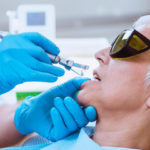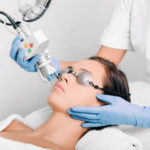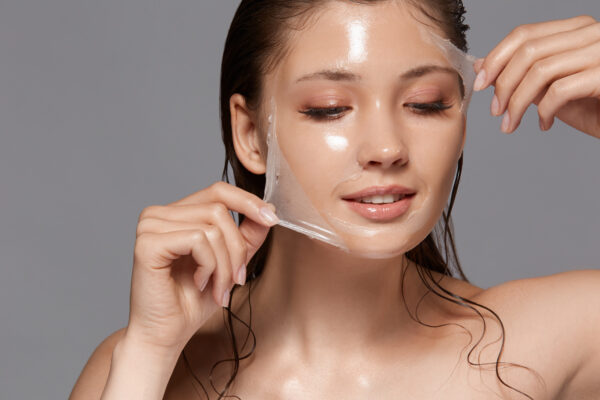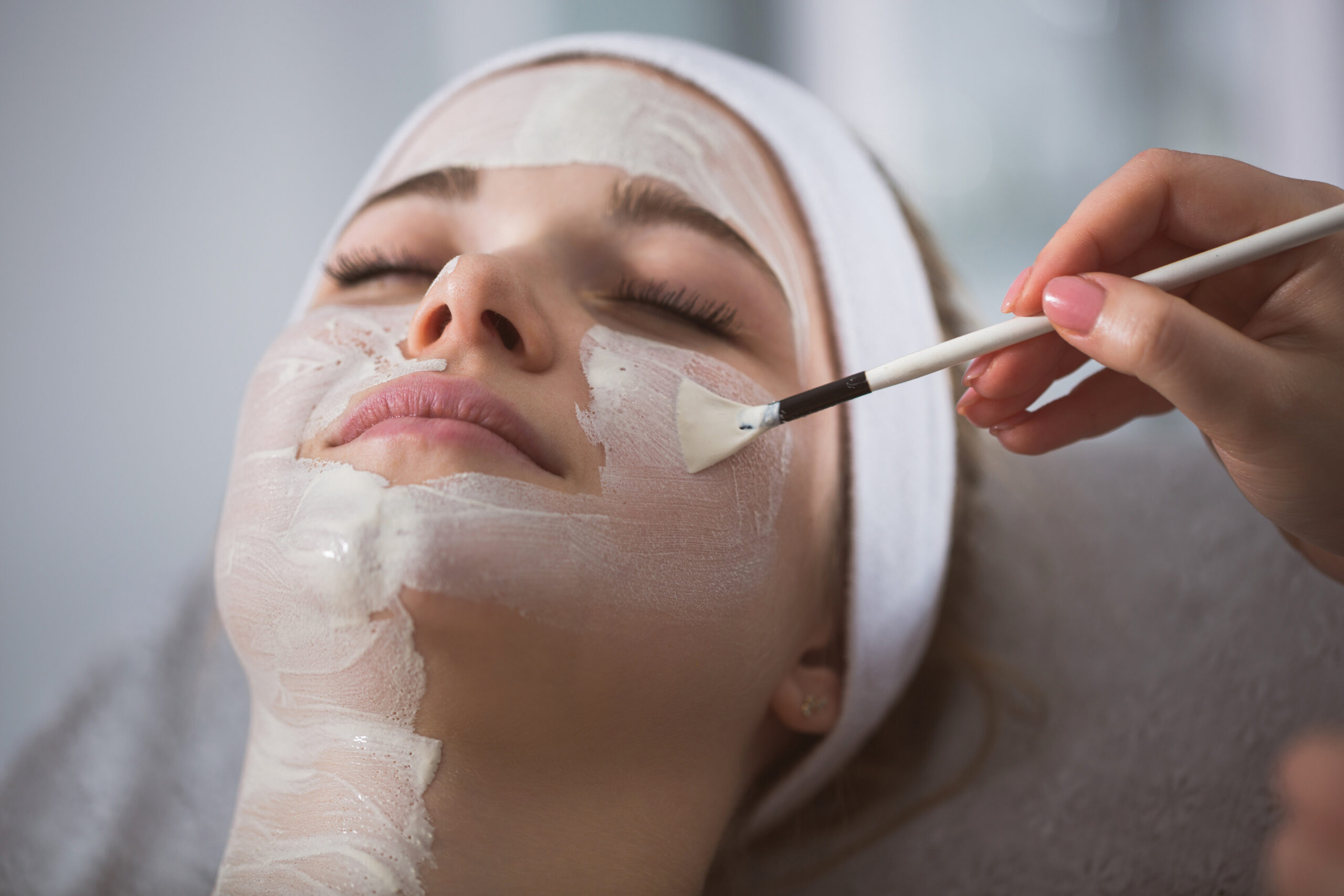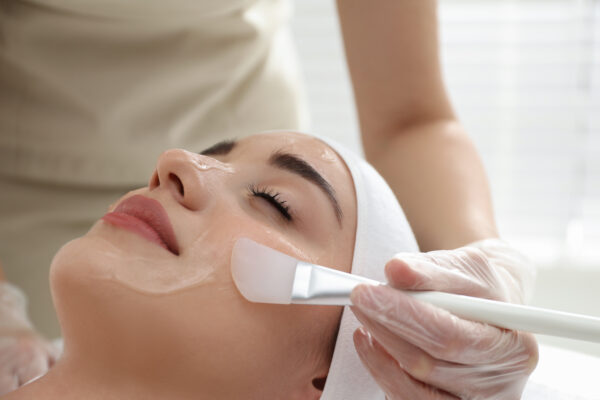A Guide to Chemical Peels

Using Chemical Peels
During a chemical peel, the skin is improved and smoothed. The top layers of skin are removed chemically, allowing the dead surface skin to peel off. Peeling produces new skin that is smoother, healthier, and less wrinkled than old skin. Aesthetic doctors, nurses, and beauty therapists should perform chemical peels to ensure the proper care is taken to avoid health risks. Keep reading to learn more about how the professionals here at Beaute Therapies can help you!
Which Peel Do I Need?
Peels are classified as superficial, medium, or deep depending on the strength of the acid solution used and how deep it penetrates the skin. Deeper peels penetrate the skin more deeply and take longer to heal.
Many peels are less painful, and can be used on more skin types, including darker skin tones, and have little or no “downtime” or recuperation period. Medium and deep chemical peels are harder to use on darker skin tones, so other methods may be recommended. With these types of chemical peels, the skin may take weeks to heal from the peeling, irritation, and redness.
Chemical Peels Can Be Used to Treat:
Acne: Superficial chemical peels exfoliate the skin, removing dead skin cells and excess oils. This action unblocks hair follicles and pores, decreasing pimples and improving acne-damaged skin texture.
Skin harmed by sun or aging. This type of skin typically has fine lines and wrinkles around the eyes and mouth. Chemical peels can improve rough skin texture by boosting collagen in the upper skin layer.
Lentigines (big freckles) are often known as liver spots or aging spots. Large freckles can form with excessive sun exposure, especially on the face, arms, and neck. Chemical peels help lighten big freckles and repair sun-damaged skin.
Dark spots of skin on the cheeks, nose, lips, upper lip, and forehead are known as melasma. It is frequent in women on hormonal contraception or Hormone Replacement Therapy (HRT) and in pregnant women. A series of chemical peels can brighten the appearance of melasma-affected skin.
Hyperpigmentation is an excess of skin pigment that causes an uneven skin tone. Chemical peels can lighten and even out the skin’s tone.
Superficial Peels
Superficial peels can be used in conjunction with microdermabrasion, IPL, or as a standalone therapy. They can be done before microdermabrasion if the skin tolerates them to boost the treatment’s efficiency.
When Not to Use Superficial Chemical Peels
Superficial peels cannot remove severe wrinkles, treat sagging skin from sun damage or aging, or shrink skin pores.
Pregnant or nursing women should not use chemical peels.
If you experience cold sores or warts, this procedure is not advisable. Likewise, if you have any inflammatory rashes or open wounds on your skin, the process should be avoided.
Chemical Peel Precautions
After a sunburn, you must wait 4 weeks before getting a peel.
Furthermore, if you have atopic eczema, dermatitis, or inflammatory rosacea in the treated region.
Avoid a peel if you have had Roaccutane (a medicinal treatment for severe acne) throughout the last year. Additionally, if you’ve had radiotherapy or chemotherapy in the previous year.
How Many Peels?
While a single superficial peel may provide moderate benefits, the optimum outcomes come from a series of six peels spaced two weeks apart. Because superficial peels are softer, the full benefits take six treatments to develop.
Preparation for a Peel
Six weeks before a peel, it is recommended that you stop using retinol products and that you avoid electrolysis or waxing for a week before a chemical peel.
Preparing the skin with products and creams for two weeks before, during, and after the peel course may be required. These products will enhance the outcomes of the peel and are essential for individuals doing a series.
Chemical Peels: What To Expect
The chemical peel is applied to the skin using a gentle brush and kept on for three to five minutes. During this time, some patients may experience a slight tingling or mild burning. However, it is not usually painful. After the peel, cold compresses are used.
Aftercare For A Chemical Peel
After your peel, you may notice that your skin is more red than usual for two hours, that it is tight or dry, or that it is flaky for a few days. Rarely, skin crusting, edema, or reactivation of cold sores may occur. Avoid vigorous activity for 24 hours and facials for a week following your peel. To avoid uneven skin tone and excess pigmentation, apply sunscreen during and for four weeks after your treatment.
If you have fine lines and wrinkles, dark spots, sun damage, acne scars, or post-acne hyperpigmentation, a chemical peel may be right for you.
See a Chemical Peel Specialist
As specialists in skin and facial rejuvenation, Beauté Therapies has the expertise to give you improved results.
Book Now for a consultation and to see how we can help you with a chemical peel in South Florida.




